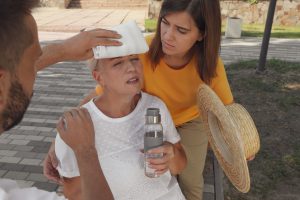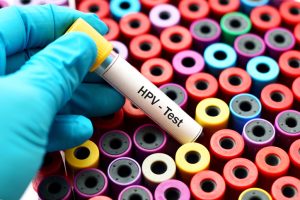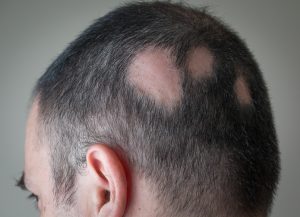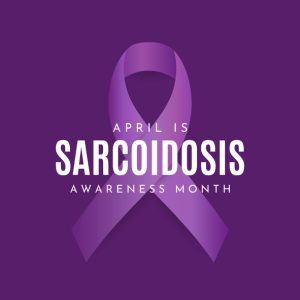 Thousands of people visit the emergency room due to heat-related health problems each year. As the summer begins, it’s important to stay aware of the signs and risk factors of heat-related illnesses.
Thousands of people visit the emergency room due to heat-related health problems each year. As the summer begins, it’s important to stay aware of the signs and risk factors of heat-related illnesses.
There are five main categories of heat-related illness. These illnesses and their warning signs include:
Heat stroke: Heat stroke is the most serious heat-related illness and can lead to permanent disability or death without emergency treatment. It occurs when the body’s heat rises uncontrollably and stops sweating. Warning signs of this condition include:
- Body temperature above 103 degrees Fahrenheit
- Red, hot, and dry skin that does not sweat
- Nausea, dizziness, confusion, or vomiting
- Rapid and strong pulse
- Unconsciousness
Heat exhaustion: This type of illness can develop after several days of exposure to high temperatures and inadequate fluid intake. It occurs most commonly in people over the age of 65 and people with high blood pressure. Without prompt treatment, this illness can develop into heat stroke. Some of the indicators of heat exhaustion include:
- Pale, moist, cool skin
- Muscle cramps
- Weakness
- Headache
- Nausea, dizziness, vomiting, or fainting
Heat cramps: Heat cramps typically occur as muscle pain or spasms in the abdomen, arms, or legs, often in association with physical activity. Excessive sweating depletes the body’s salt and moisture, leading to cramps. People with heart problems or who follow a low-sodium diet are most prone to this illness and should seek medical attention if it occurs. Warning signs include:
- Heavy sweating
- Fatigue
- Thirst
- Muscle pain or spasms
Heat rash: This illness occurs due to excessive sweating that causes skin irritation. It occurs most commonly in young children and generally appears as a red cluster of pimples or small blisters on the neck and upper chest. It can also occur in the groin, under breasts, and in elbow creases.
Sunburn: Sunburn is one of the most common forms of heat-related illness. It can affect anyone, but is more likely to occur in people with lighter skin tones. Skin affected by sunburn will often first appear red and feel warm and tender; this skin may later develop blisters.
If you are experiencing heat-related medical problems, you can schedule an appointment with a doctor at Flushing Hospital Medical Center’s Ambulatory Care Center by calling (718) 670-5486. If you are experiencing an emergency, please dial 911 right away.
All content of this newsletter is intended for general information purposes only and is not intended or implied to be a substitute for professional medical advice, diagnosis or treatment. Please consult a medical professional before adopting any of the suggestions on this page. You must never disregard professional medical advice or delay seeking medical treatment based upon any content of this newsletter. PROMPTLY CONSULT YOUR PHYSICIAN OR CALL 911 IF YOU BELIEVE YOU HAVE A MEDICAL EMERGENCY.









